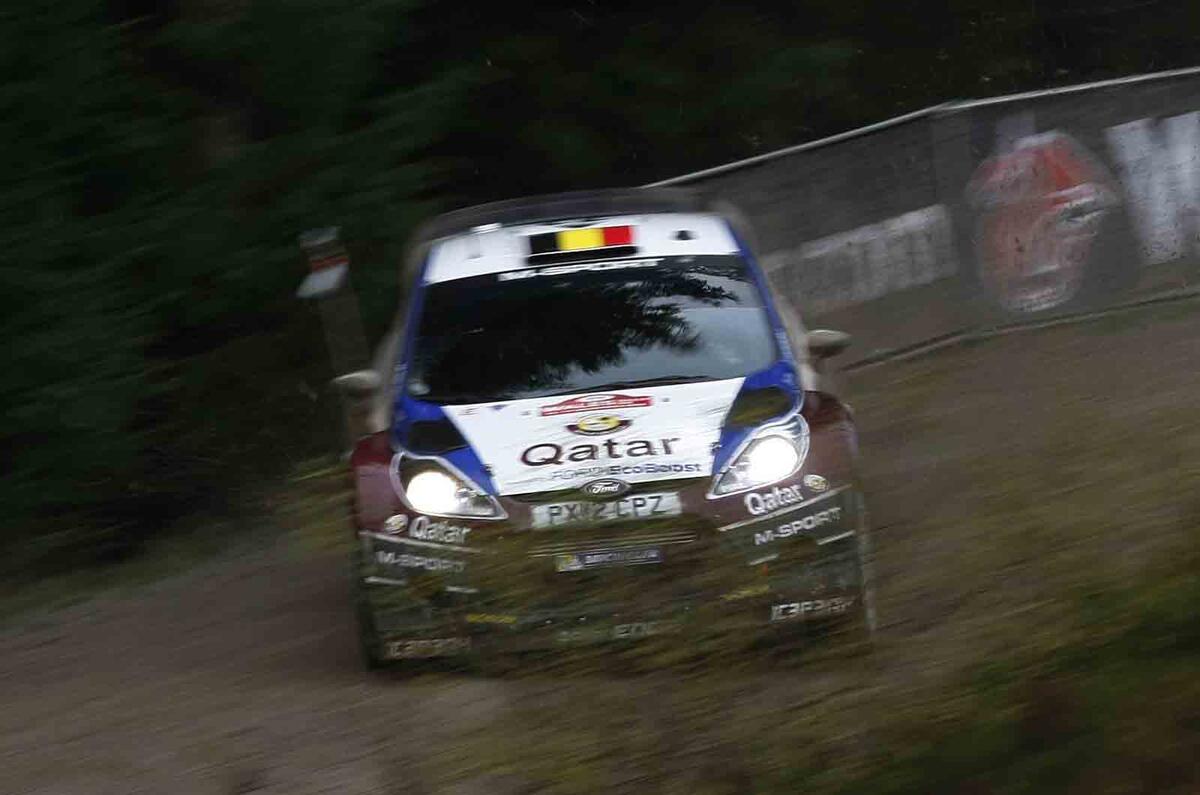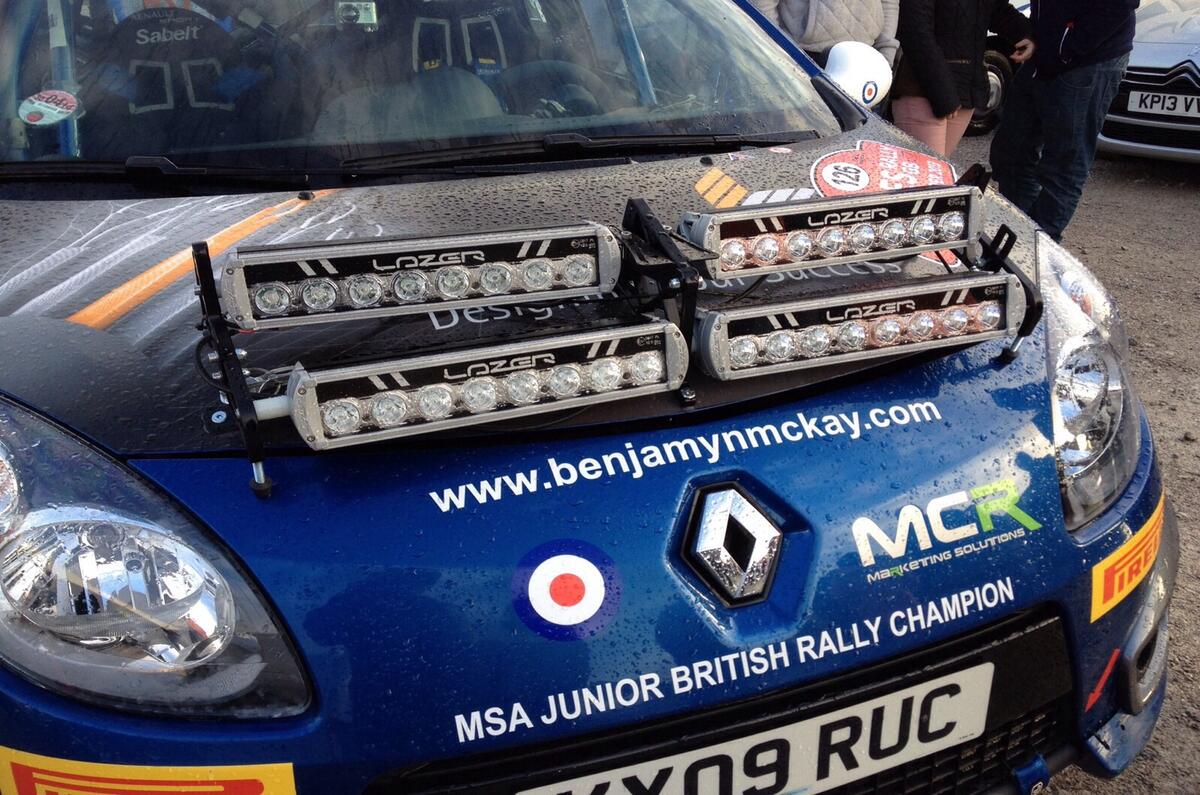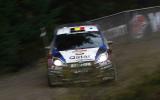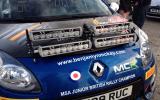After the success of the Singapore Grand Prix, floodlit night races have become popular in Formula One. But rally drivers have been competing in the dark for years - and the only lighting they get are the spotlights affixed to the front of their machines.
The opening stages of Wales Rally GB took place in the dark on Thursday night, taking in three challenging Welsh forest stages. Night stages are loved by some drivers and hated by others - they heighten the senses, increase the sensation of speed, and reward confidence and commitment. It's the same story for fans: it's hard work to get into a forest at night, but absolutely worth it to see and hear cars at speed in the dark.
Rising Welsh star Elfyn Evans, who is tackling the second-tier WRC2 championship in a Ford Fiesta R5 run by the top M-Sport team, says: "Night stages feel quite different to rallying in the daytime. It's a strange feeling when you're getting ready to start: it's dark outside and you can't see what's around you, and yet you're getting ready to strap yourself into a rally car.
"When you get into the stage it's like tunnel vision - the only light is in front of you. You can't see very far ahead, and you've got absolutely no peripheral vision. You have to trust your pacenotes 100 per cent to commit to the stage and set a fast time. It's an exciting feeling."
In the last few years, the traditional rally car spotlights are undergoing a transformation: the big bulbs of old are fast being replaced by thin strips of LEDs. They offer a good weight saving, but the drivers have had to make adjustments.
"There are advantages and disadvantages to them," says Evans. "They produce a very white artificial light, which is nice and bright. But when you hit a fog patch it reflects back really badly. They give more of a spread directly in front of you, which is good."
Evans used his spotlights to great effect, and leads the WRC2 division in ninth overall at the end of day two. His local knowledge helped, although not as much as you'd think: he reckoned he hadn't driven through part of one of the stages since 2006 - and that was in a 1.0-litre Nissan Micra. His current four-wheel-drive turbocharged Fiesta is a slightly different beast...











Add your comment